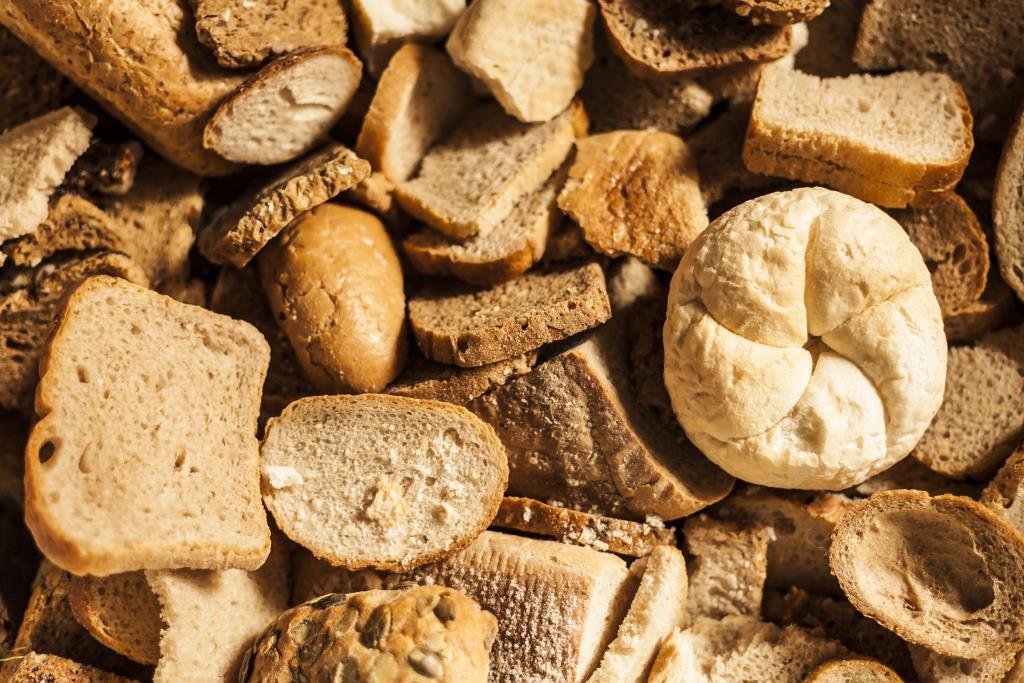
Food-to-Feed Quality Programme
- Programme
Pressure is mounting to address the challenge of feeding an additional two billion people on our planet by 2050. At the same time, according to the UN Food and Agriculture Organization (FAO), one-third – or 1.3 billion tons – of food produced is currently wasted and lost in the global food chain. In addition to a tremendous economic cost, this comes with significant environmental and energy implications. Reducing food waste is high on the agenda of the FAO, governments, and the food industry.
The growing world population is also expected to lead to the intensification of competition between human food and livestock nutrition. Within the production of agricultural raw materials there are two categories: food-grade materials that can be consumed by humans (e.g., cereals) and feed-grade that cannot. In general, the production of one kilogram of food-grade material results in at least four kilograms of non-edible, feed-grade biomass. Therefore, farm animals play a crucial role in the agricultural bioeconomy, converting feed-grade biomass into high-quality food, like milk, meat and eggs, and consequently into plant nutrients via manure.
Utilising these by-products from the food- and beverage industry as animal feed is an excellent example of putting the principles of a circular economy into action. Incorporating by-products into the feed chain can add value, maximise the use of arable land, and support the achievement of sustainability goals.
The feed industry is seeking to gain more precise insights into the nutritional value of by-products. A by-product’s suitability as a feed ingredient depends on its nutritional composition and any required action (preservation, for example) needed to maintain its nutritional value and overall quality.
Ever-present microorganisms, such as bacteria, moulds or yeast, can pose a challenge. These microbes occur naturally but can grow and proliferate when not preserved properly, with exposure during processing, or with improper handling and storage. As a result, by-products can spoil, valuable nutrients can be lost, and the palatability of the material can worsen.
Preserving by-products can be challenging due to high levels of moisture or because microorganisms are already present (in the case of brewer's yeast for example). These microbes can grow rapidly and have devastating effects on quality within hours after storage. Therefore, depending on the microbial challenge at-hand, preservation techniques should be applied in-line before the material enters storage tanks or silos. The addition of specific organic acid blends within Selko's portfolio can help, and support you in adhering to relevant feed regulations and guidelines, and avoiding complaints from end-users.

To close the gap between today's feed production volumes and the projected food requirements of the future, we need to build close collaboration between the food- and beverage and the agricultural industry.
When food processors connect to the feed industry by supplying by-products, it brings many benefits and opportunities, including recycling nutrients, reducing environmental footprints, increasing value by diversifying revenue streams, and improving overall industry synergy. For feed producers and farmers, utilising these products brings more efficiency in sourcing ingredients, cost effectiveness, product innovation and transparency of nutrient origin.
Finding the right partner to bridge both industries is vital. Working with a partner that specialises in preserving by-products and knows how and where to best utilise these ingredients can make a true difference in helping to reach your sustainability goals.